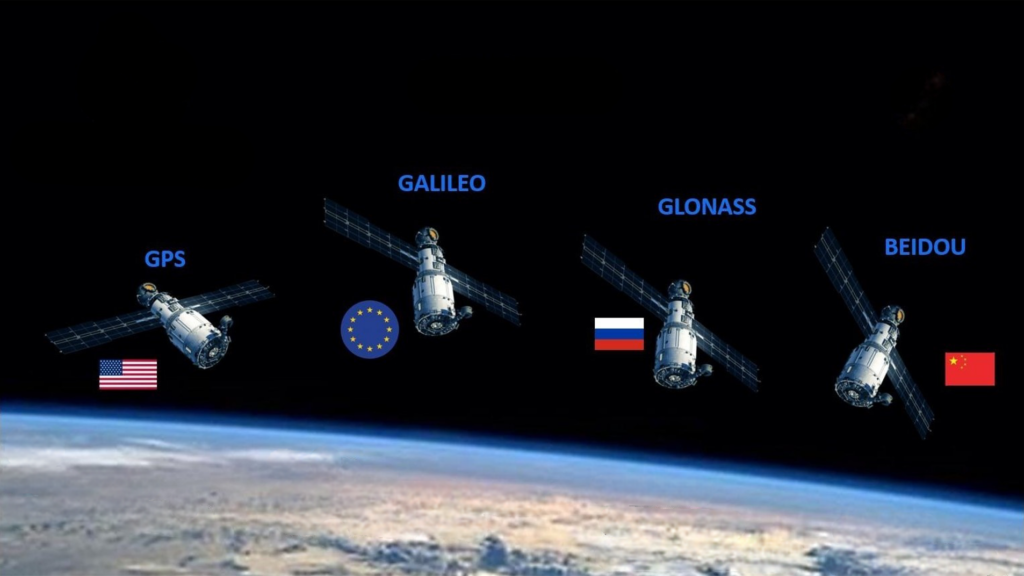With the rapid development of drone technology, drones are becoming more and more widely used in various fields. However, drones may experience various forms of interference while performing their tasks, which can affect their normal operation and performance. Therefore, it is particularly important to study and master UAV jamming and anti-jamming technology.
1. Drone jamming technology
Drone jamming technology refers to the interference of unmanned aircraft systems, making them incapable of working properly or reducing their performance. Common drone jamming techniques include the following:
- Signal interference: By transmitting jamming signals of the same frequency and modulation mode, the communication link between the UAV and the ground station is destroyed, so that the UAV loses its command and control capabilities.
- Electromagnetic interference: the use of electromagnetic pulses, electromagnetic radiation and other methods to interfere with the electronic equipment inside the drone, destroy its circuits and components, and make it malfunction or damage.
- Photoelectric interference: The photoelectric sensor of the UAV is interfered with by emitting lasers, strong lights, etc., so that it cannot accurately perceive the external environment, resulting in flight loss or misjudgment.
- Camouflage jamming: By simulating the communication protocol and signal characteristics of the UAV system, it is disguised as a legitimate UAV to mislead or attack the target UAV.
2. UAV anti-jamming technology
UAV anti-jamming technology refers to the adoption of corresponding technical means and measures for various jamming means to improve the anti-jamming ability of UAV systems and ensure their stable operation in complex environments. Here are some common drone anti-jamming technologies:
- Frequency hopping communication: By constantly changing the communication frequency, the jamming signal cannot accurately track and interfere with the communication link of the drone. Frequency hopping communication technology can effectively improve the anti-interference ability and safety of UAV communication system.
- Spread spectrum communication: The broadband transmission mode is used to disperse the signal in a wide frequency band, so as to reduce the impact of the interference signal on the UAV communication. Spread spectrum communication technology can improve the anti-multipath interference and anti-interference capabilities of UAV communication systems.
- Anti-jamming antenna: multi-antenna, diversity reception and other technologies are used to improve the stability and reliability of the UAV receiving signal. The anti-jamming antenna can effectively reduce the impact of the interference signal on the UAV communication link and improve the communication quality.
- Encrypted communication: Encrypt the communication data of the UAV to prevent the theft and tampering of the communication data by the interference signal. Encrypted communication technology can protect the security of UAV communication data and improve the security of UAV systems.
- Intelligent identification and interference suppression: By intelligently identifying the characteristics and types of interference signals, corresponding interference suppression measures are taken to reduce the impact of interference signals on UAV systems. Intelligent identification and interference suppression technology can improve the anti-interference ability and intelligence of UAV systems.
3. Application and development of UAV anti-jamming technology
With the continuous development of UAV technology and the continuous expansion of application fields, the application of UAV anti-jamming technology is becoming more and more extensive. In the military field, UAV anti-jamming technology is of great significance to ensure the smooth completion of UAV reconnaissance, strike and other tasks; In the civilian field, UAV anti-jamming technology can improve the operational stability and safety of UAVs in complex environments and provide support for various application scenarios.
In the future, with the continuous development of artificial intelligence, big data and other technologies, UAV anti-jamming technology will be more intelligent, automated and efficient. Through the use of advanced signal processing technology, intelligent algorithms and other technical means, the rapid identification, positioning and suppression of interference signals can be realized, and the anti-interference ability and intelligence of the UAV system are further improved. At the same time, with the continuous expansion of UAV application scenarios, UAV anti-jamming technology will also face more challenges and opportunities, which requires continuous innovation and development.


